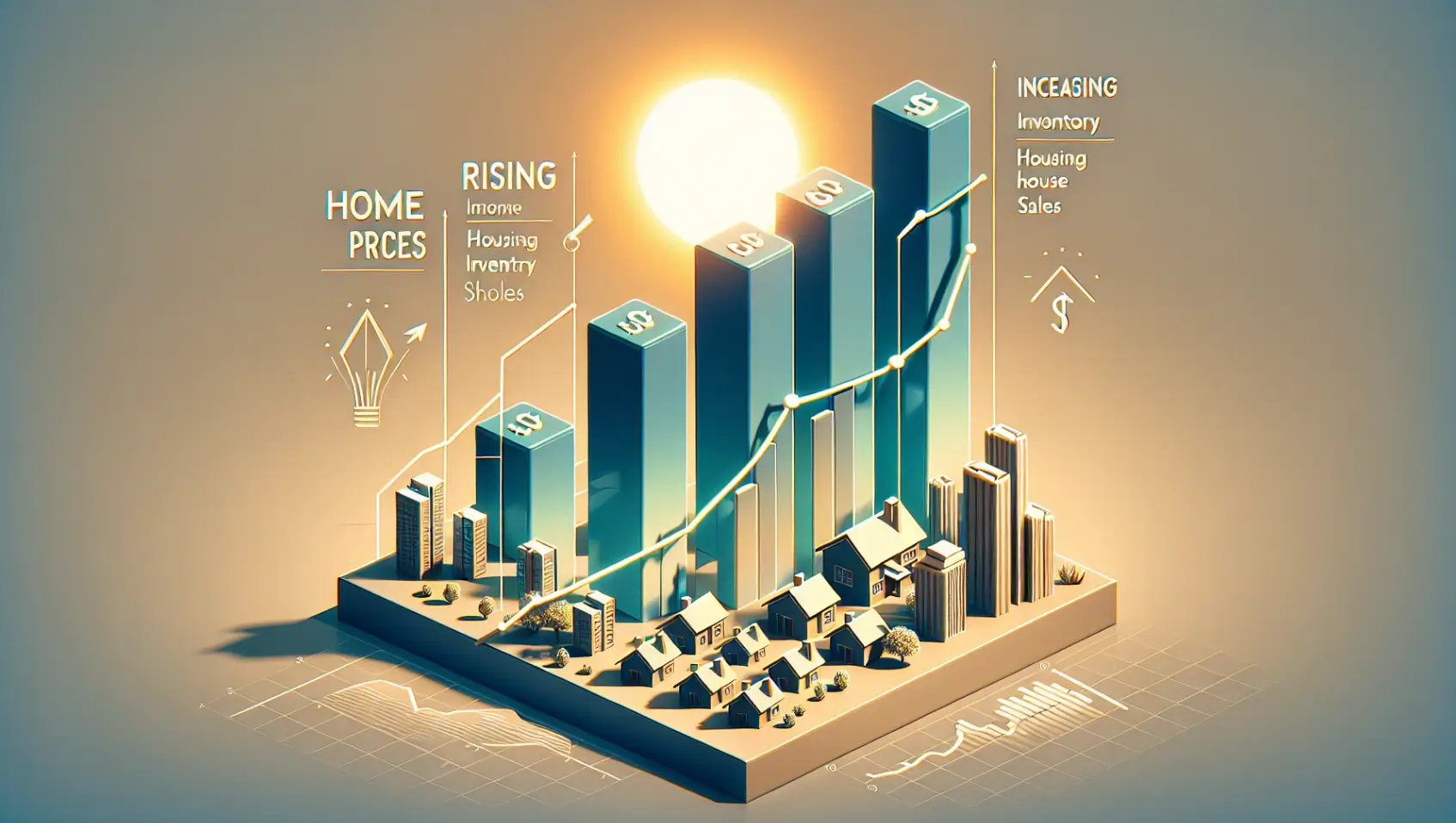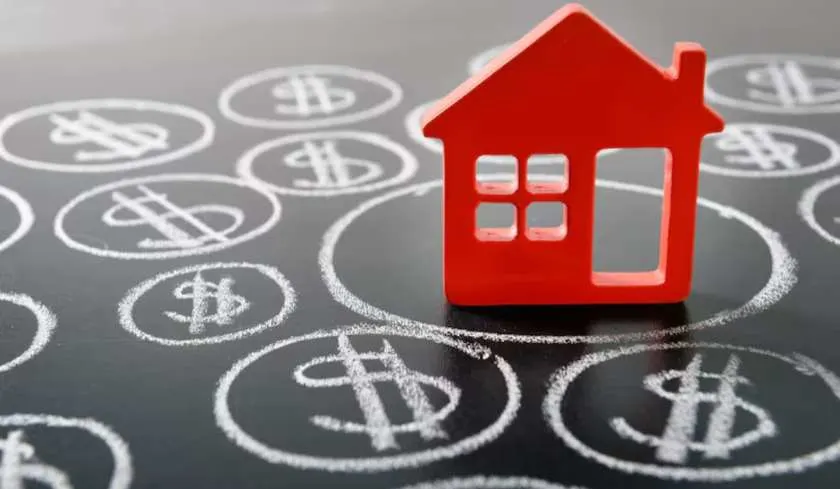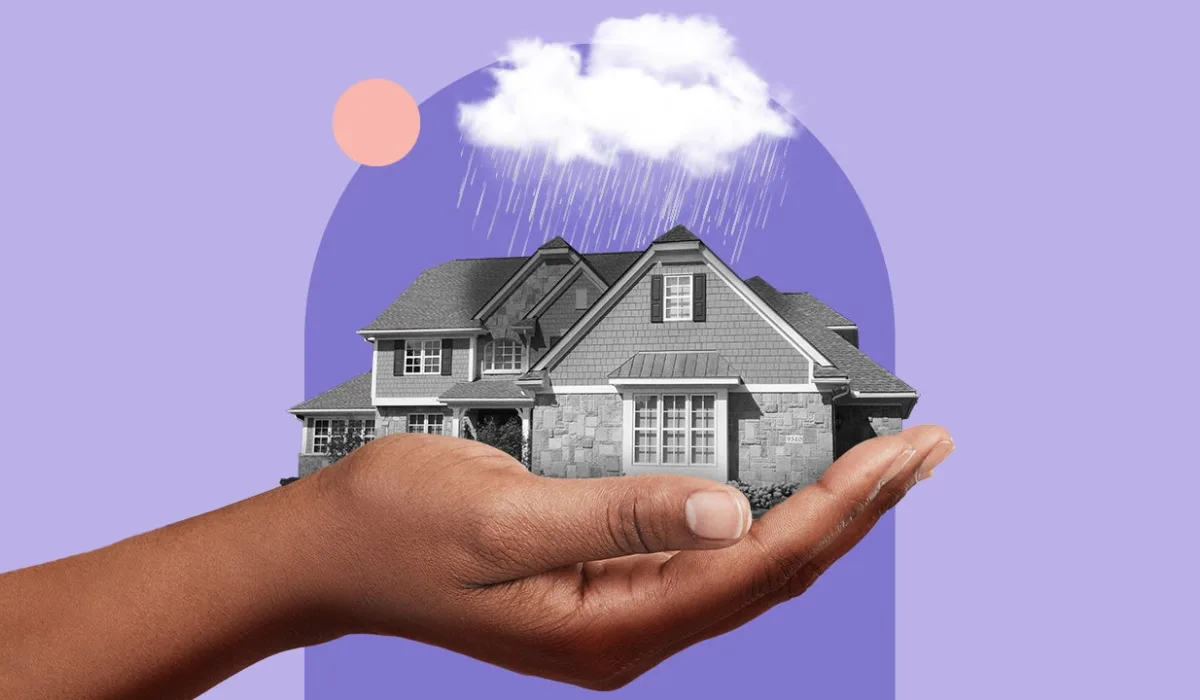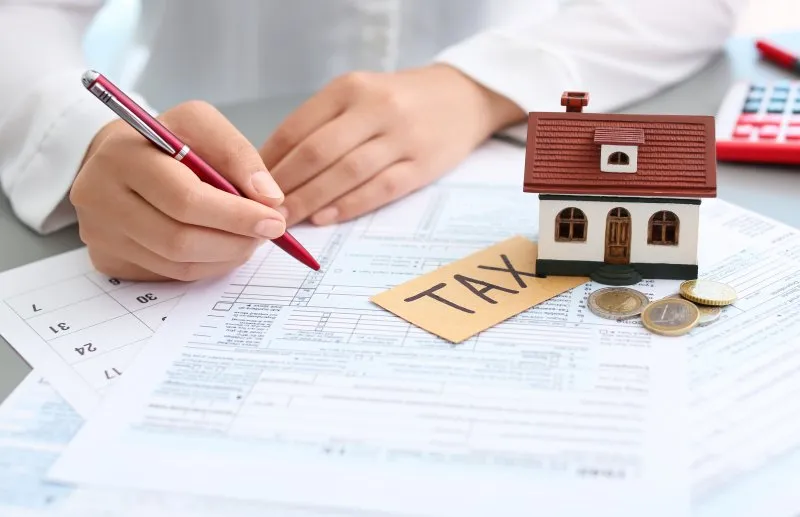
H&R Block Mortgage sign
Jb Reed | Bloomberg | Getty Images
Borrowers are still piling into government and private lender mortgage relief programs, but the pace is finally slowing. A change in the way borrowers are required to pay back that relief, however, could make the programs more enticing over the next few months.
As of May 12, approximately 4.7 million homeowners were in so-called forbearance plans, up from a revised 4.5 million the week before, according to Black Knight, a mortgage data and analytics company. The vast majority are in the government’s plan, which was set up as part of the CARES Act, the first coronavirus relief legislation.
Under that plan, borrowers with financial hardship due to the pandemic may delay their monthly mortgage payments for at least 90 days and for up to a year. These payments still have to be made at a later date. Banks and servicers have set up similar programs for those whose loans are not government-backed.
Initially, the government plan required borrowers to fulfill those missed payments either in one lump sum, through a repayment plan over time or through a mortgage modification. That last option could potentially hurt their ability to refinance or get a new loan for at least a year.
This week, federal regulators as well as the Department of Housing and Urban Development (HUD) announced a more palatable option. Borrowers can now make up the missed payments when they sell their homes or refinance their mortgages. The industry largely applauded the change.
“The payment deferral option gives mortgage servicers a practical tool to help homeowners through this unprecedented time,” said Bob Broeksmit, CEO of the Mortgage Bankers Association. “A primary benefit of this option is that a homeowner’s mortgage payment will not change once the forbearance period ends.”
While the new numbers still translate into just under 26,000 more borrowers in forbearance per day, the pace is 85% slower than when the plans were first implemented in early April. All together, the nearly 4.7 million loans represent 8.8% of all active mortgages and more than $1 trillion in unpaid principal.
Roughly 7% of all Fannie Mae and Freddie Mac loans are in forbearance, as are 12.4% of all FHA/VA mortgages.
While borrowers can delay their payments, the servicers who collect those payments are still on the hook to advance the cash to bondholders for at least 4 months, under new government guidelines.
At today’s levels, that is $3.6 billion in payments per month on coronavirus-related forbearances for government-backed loans. That is on top of $1.5 billion in taxes and insurance payments they must also make on behalf of borrowers.
Another $2.1 billion will need to be paid by servicers for portfolio-held or privately securitized mortgages. More than 9% of those loans are in forbearance as well.















